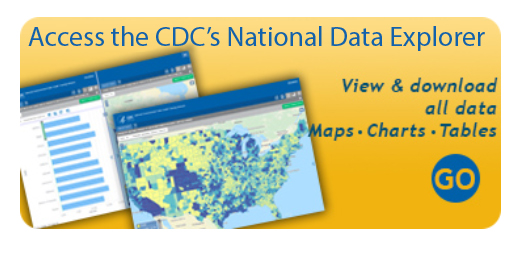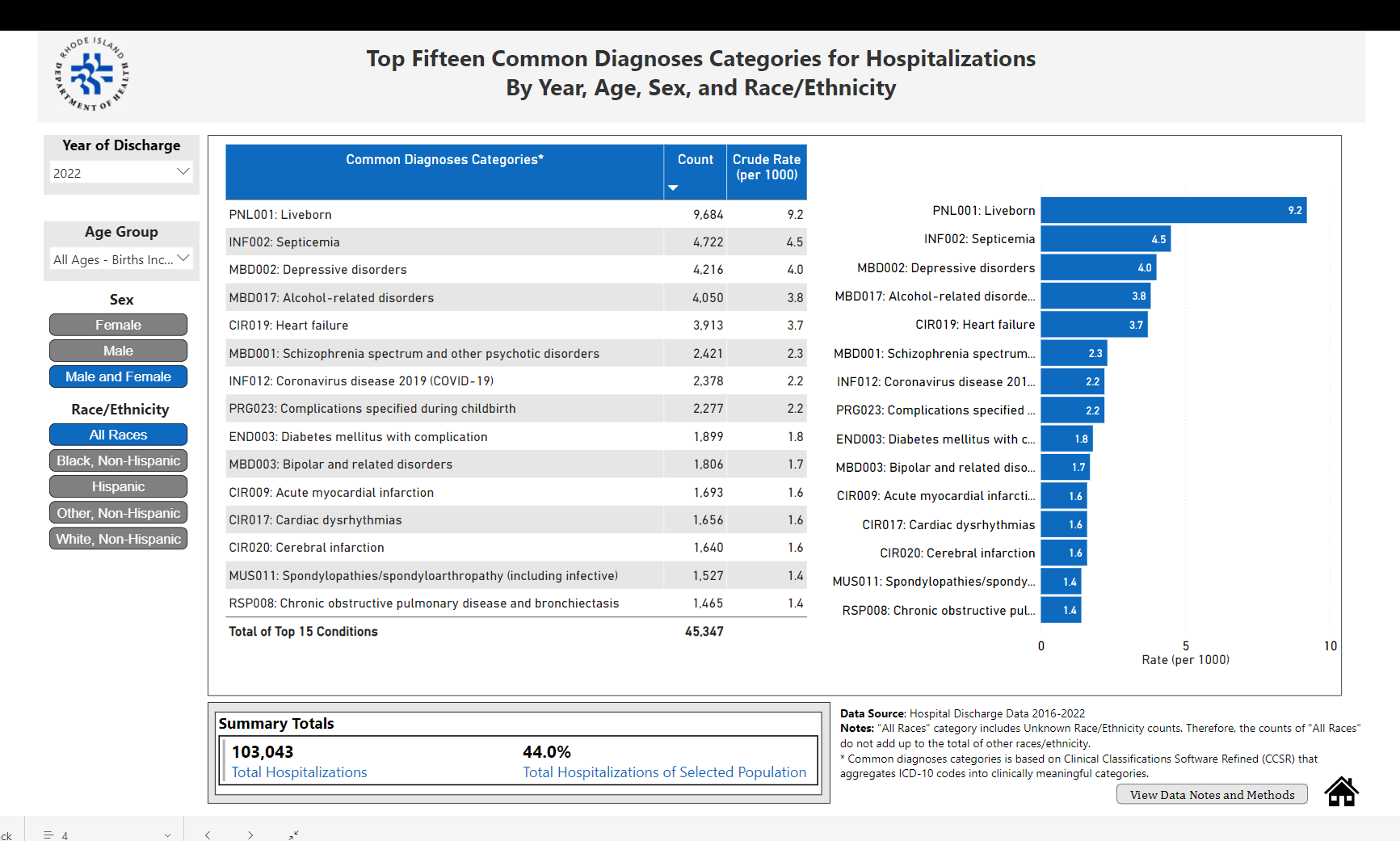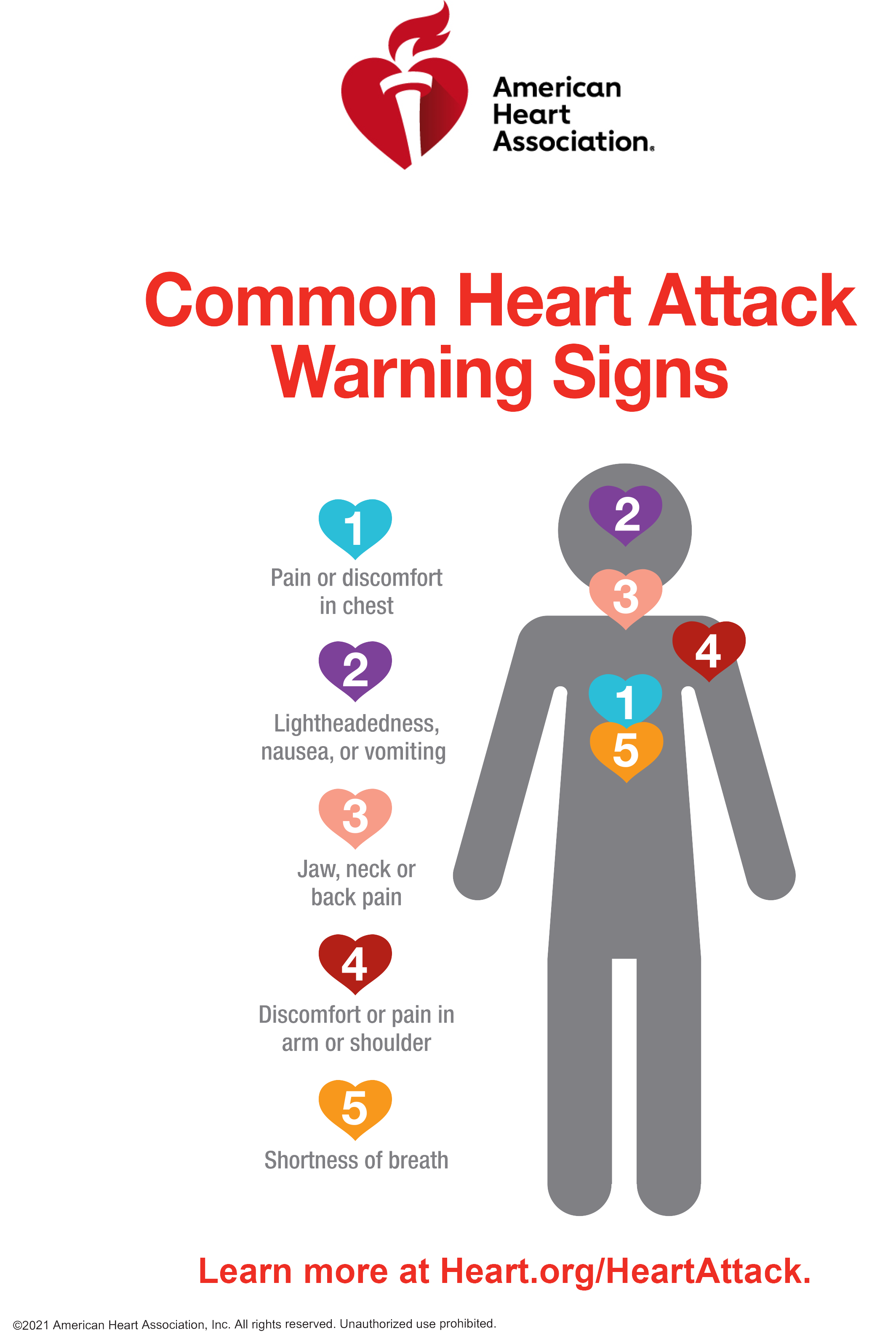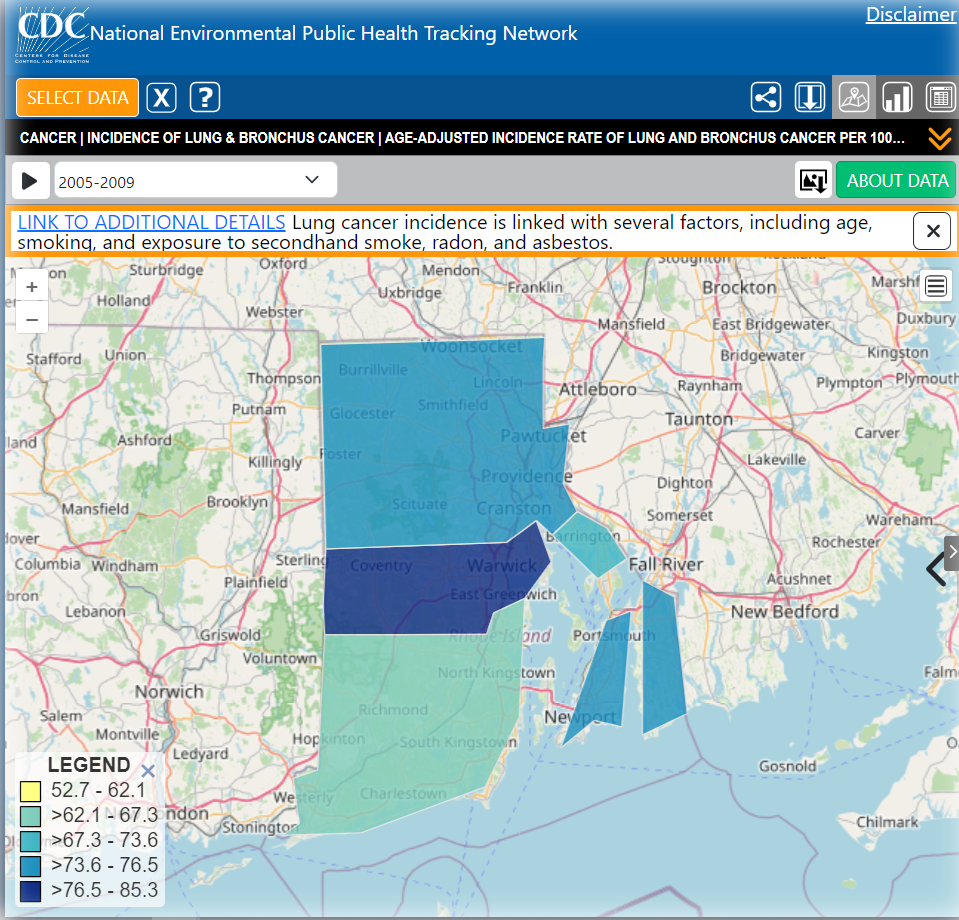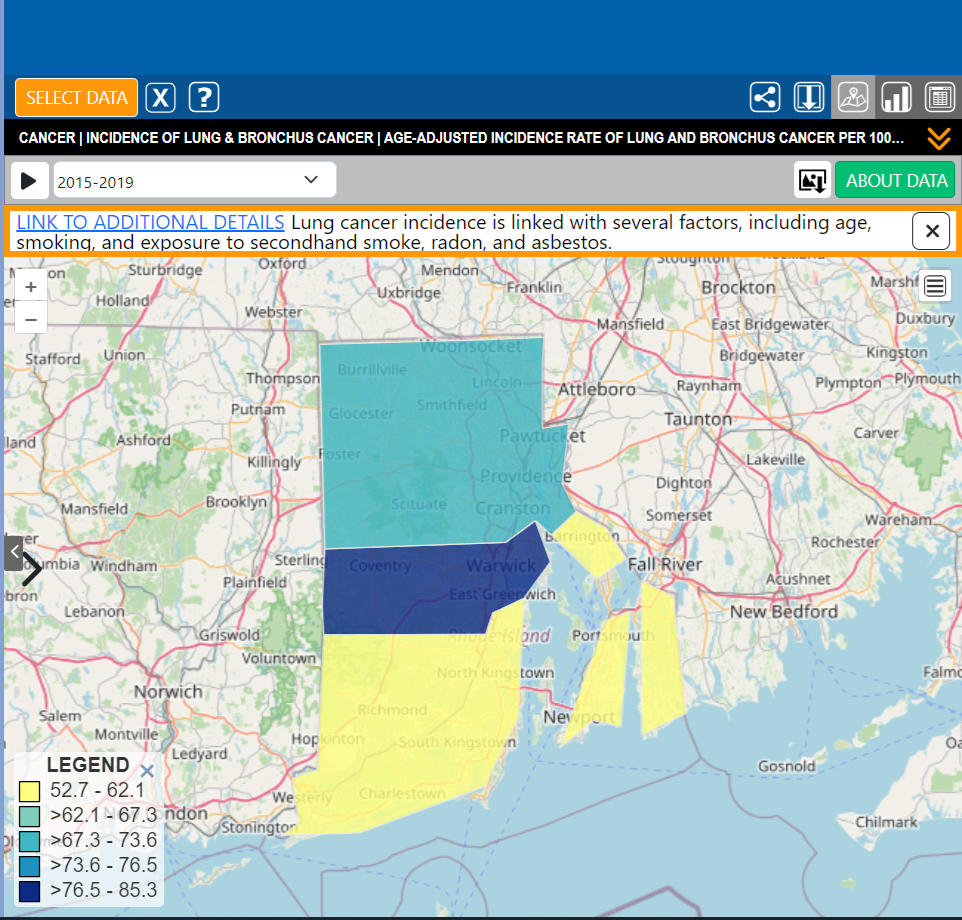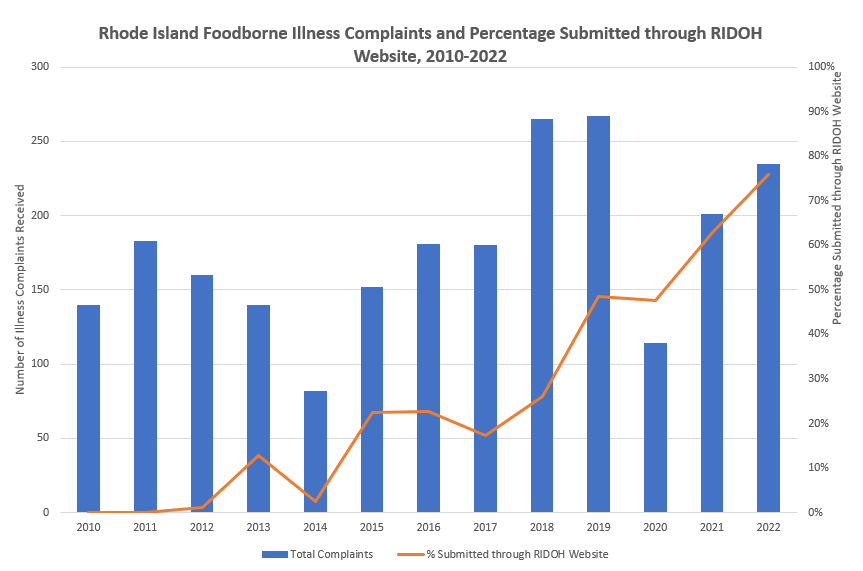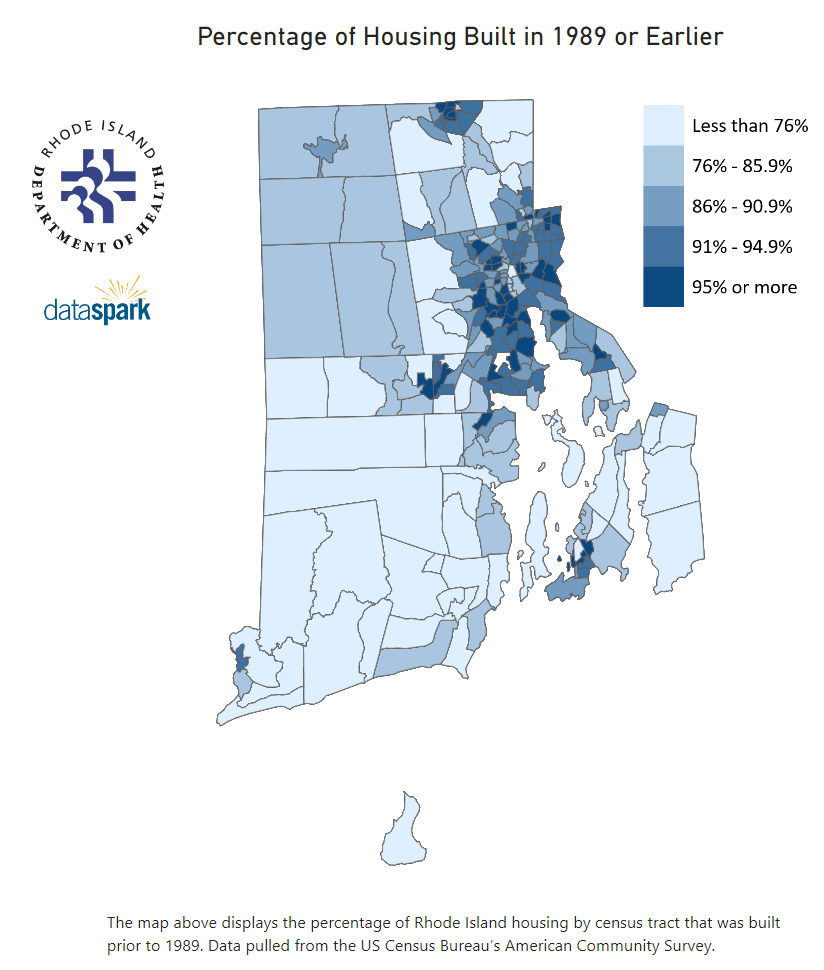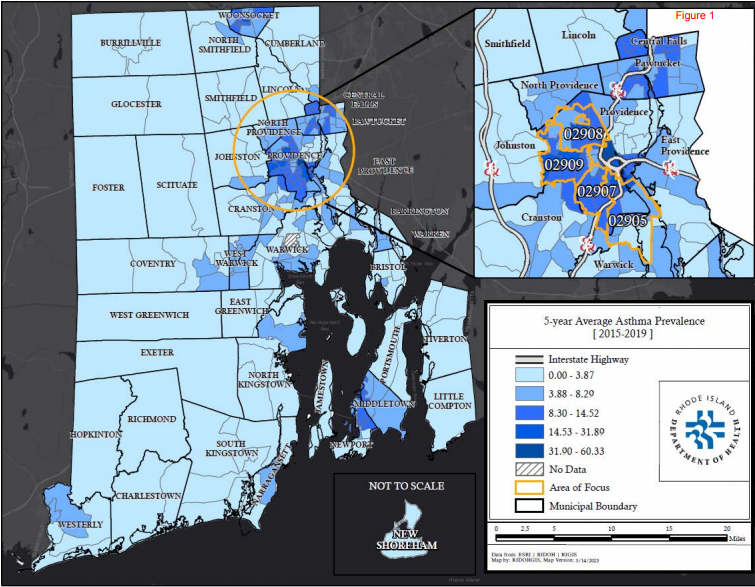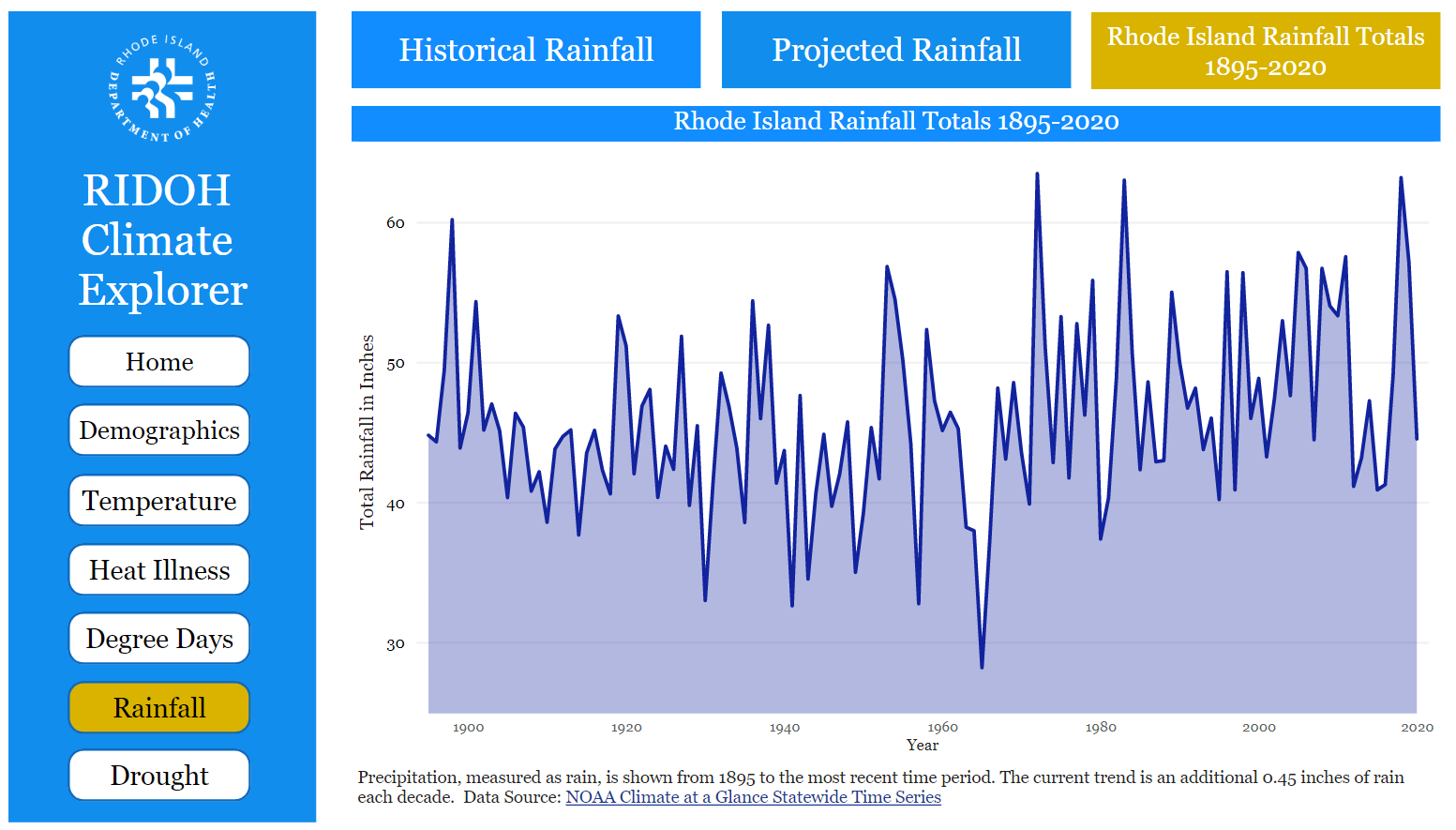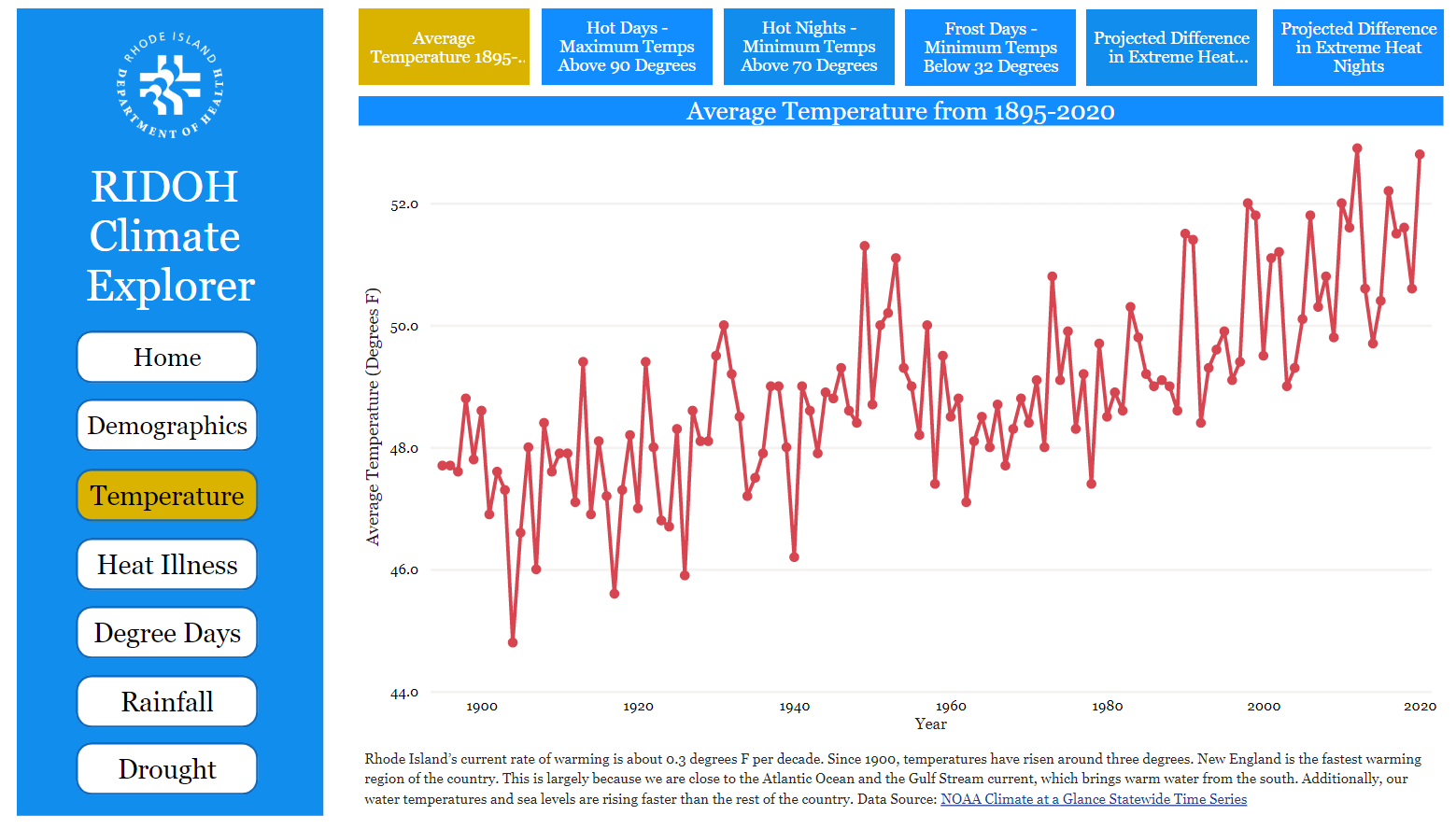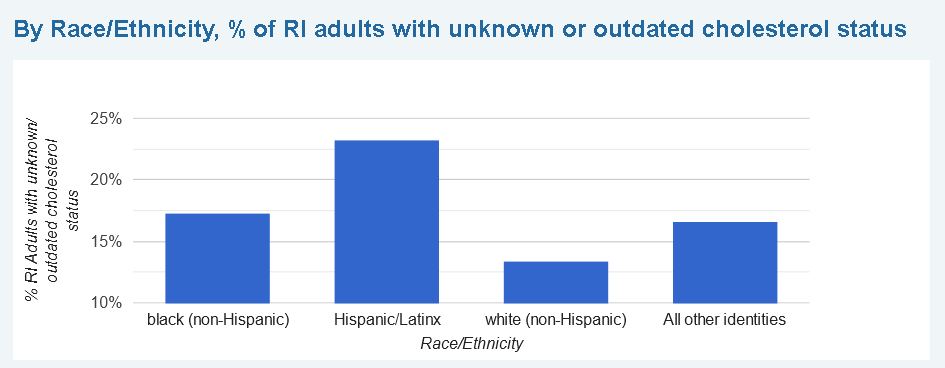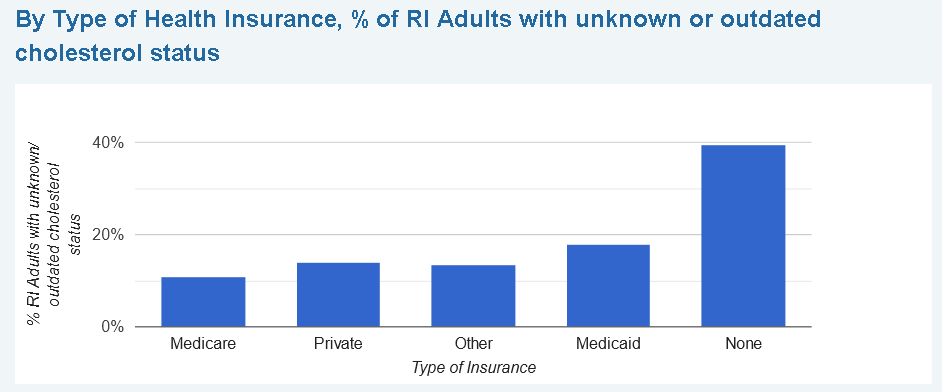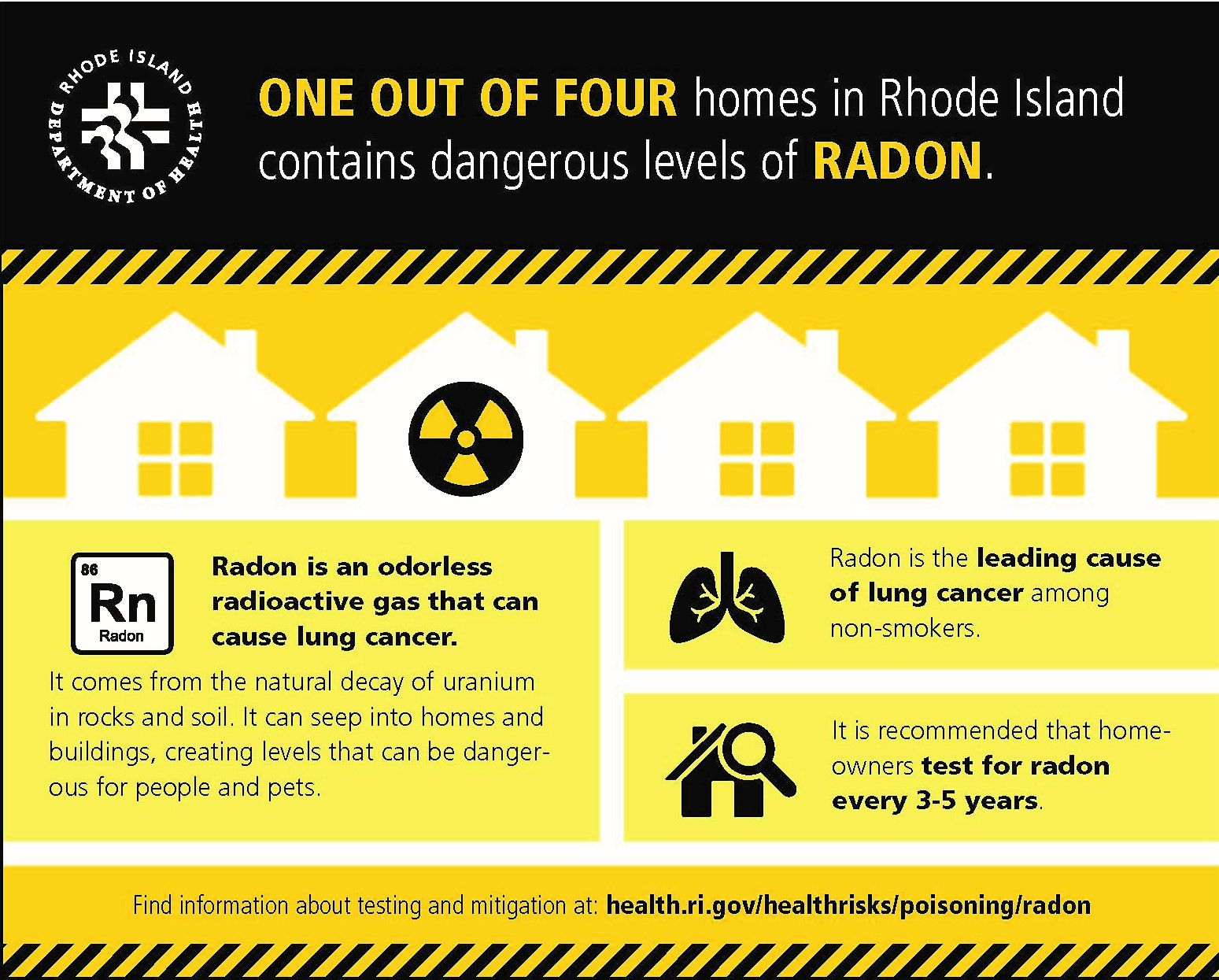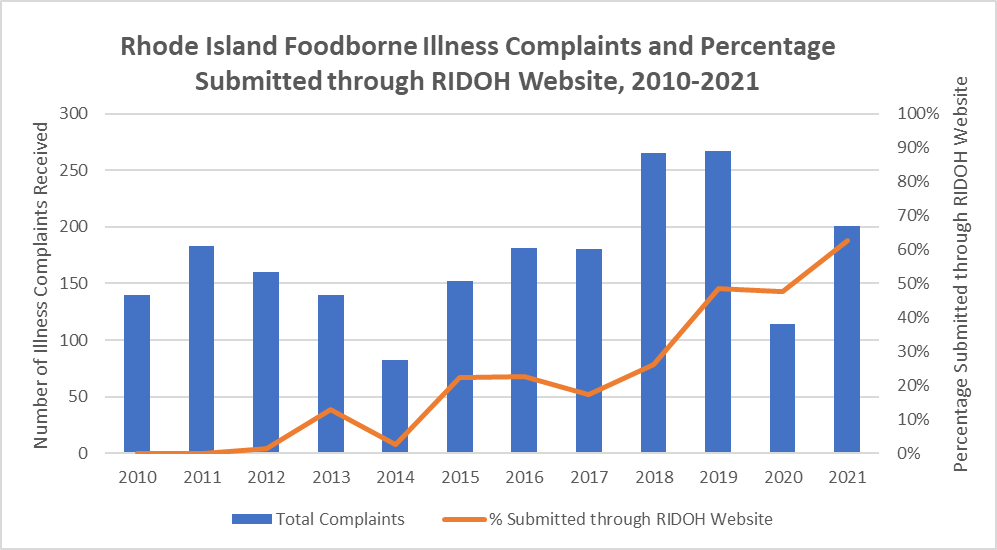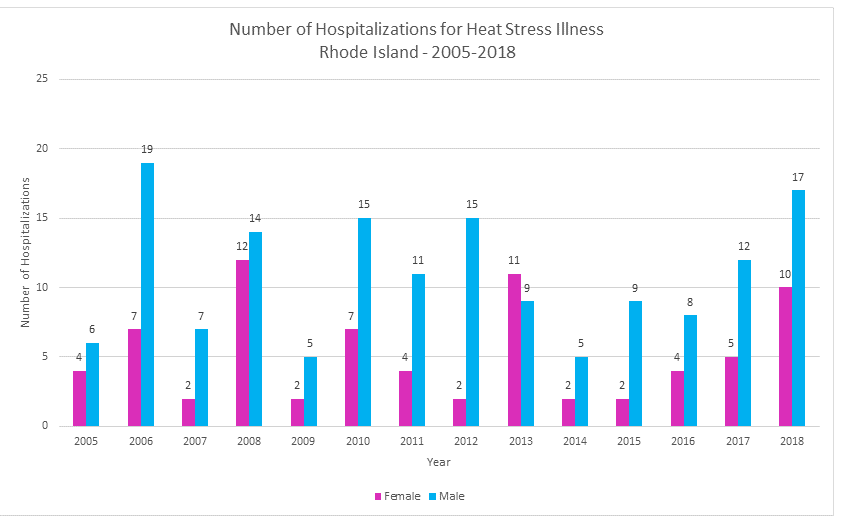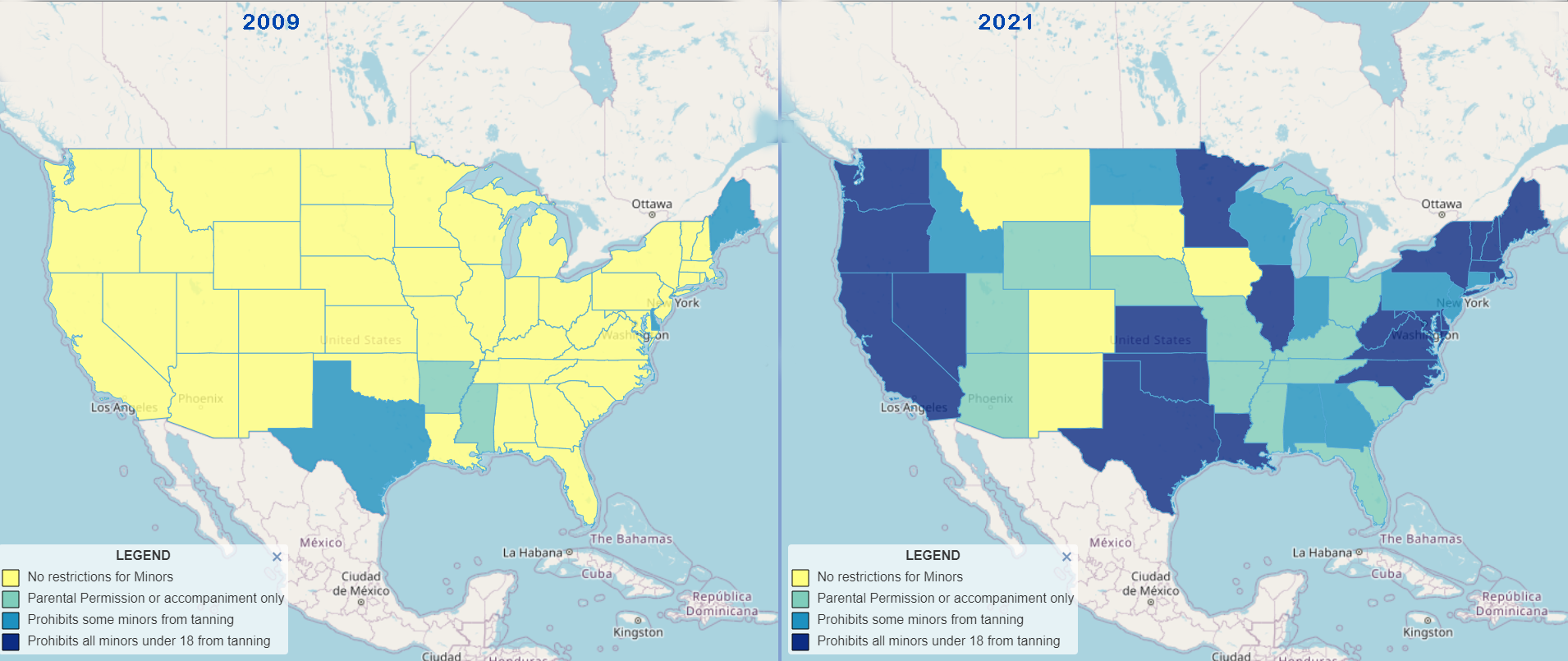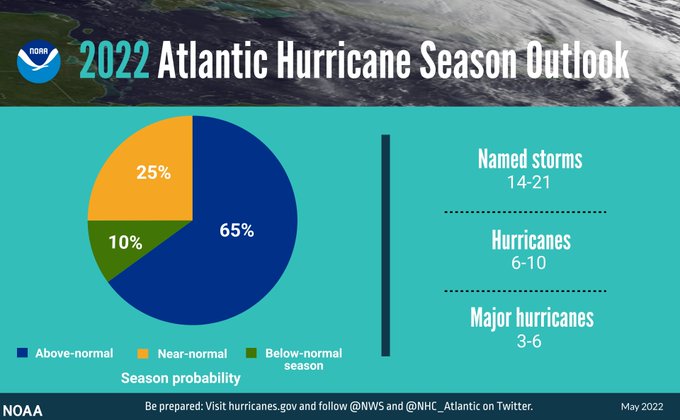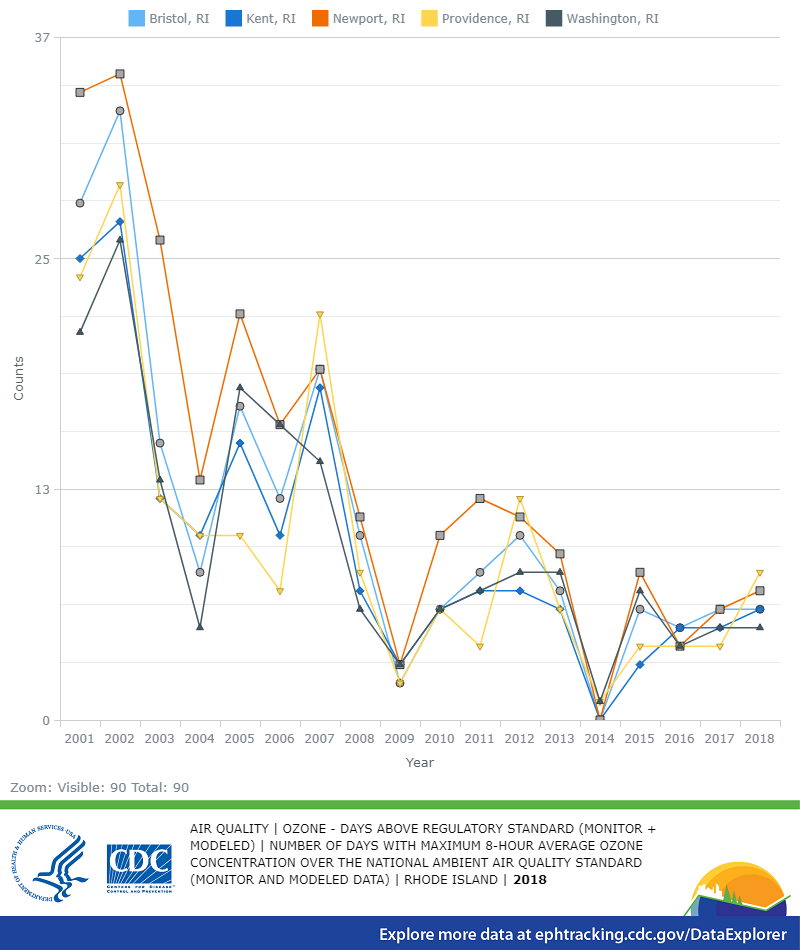2024 Partial Solar Eclipse, Rhode Island
Key Findings
- On April 8, 2024, a total solar eclipse will cross North America, passing over Mexico, the United States, and Canada.
- Rhode Island will not experience a total solar eclipse, but the state will see a significant partial solar eclipse.
- A solar eclipse happens when the moon passes between the sun and the Earth. When the moon completely blocks the face of the sun, it is called a “total solar eclipse.” When the moon partially blocks the face of the sun, it is called a “partial solar eclipse.”
Why It Matters
Looking directly at the sun is always dangerous and can cause permanent eye damage. Eclipses can be a rare and exciting phenomenon, and it’s important to protect your health while viewing the eclipse. Follow these tips and learn more at health.ri.gov/eclipse.
- Be prepared to view the eclipse. If you’re spending time outside, wear sunscreen and dress appropriately for the weather. Have a plan for how you will view the eclipse.
- Use ISO-compliant eclipse glasses or solar viewing glasses. Always inspect your eclipse glasses or handheld viewer before use; if torn, scratched, or otherwise damaged, do not use the device. Sunglasses are not dark enough to safely view the eclipse.
- Experience the eclipse WITHOUT looking at the sun. Objects with small holes (like a colander/strainer or slotted spoon) will cast a shadow of the eclipse on the ground, this is called an indirect viewing method.
- Supervise children closely, including children using solar eclipse glasses.
- Stay focused while driving. Do not look at the sun while driving. Park in a safe location and use eclipse viewers if you would like to view the eclipse.
View the 2024 Partial Solar Eclipse story map by the Rhode Island Division of Statewide Planning.
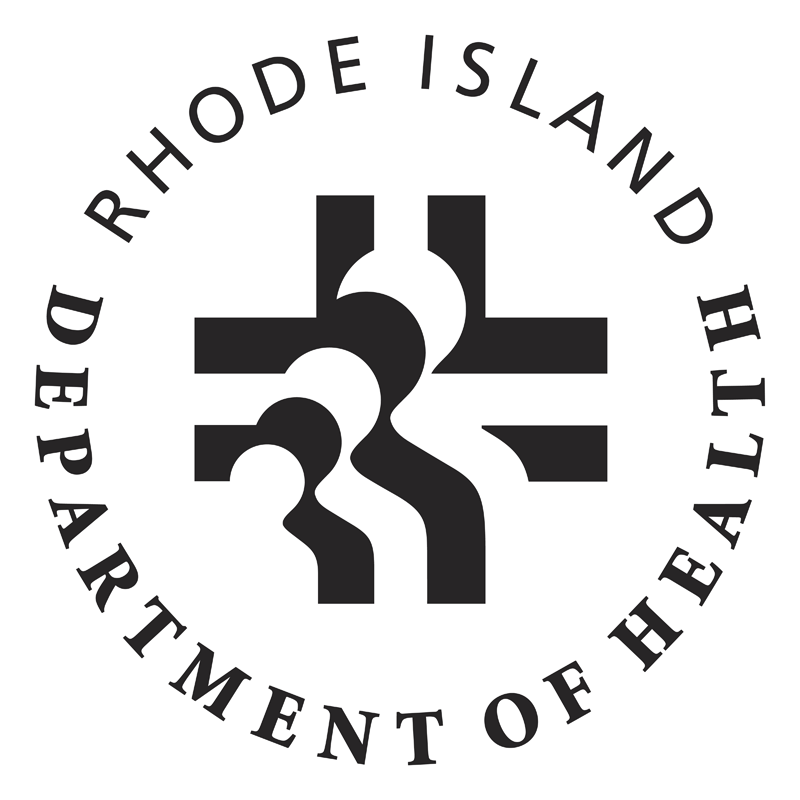 State of Rhode Island
State of Rhode Island 
